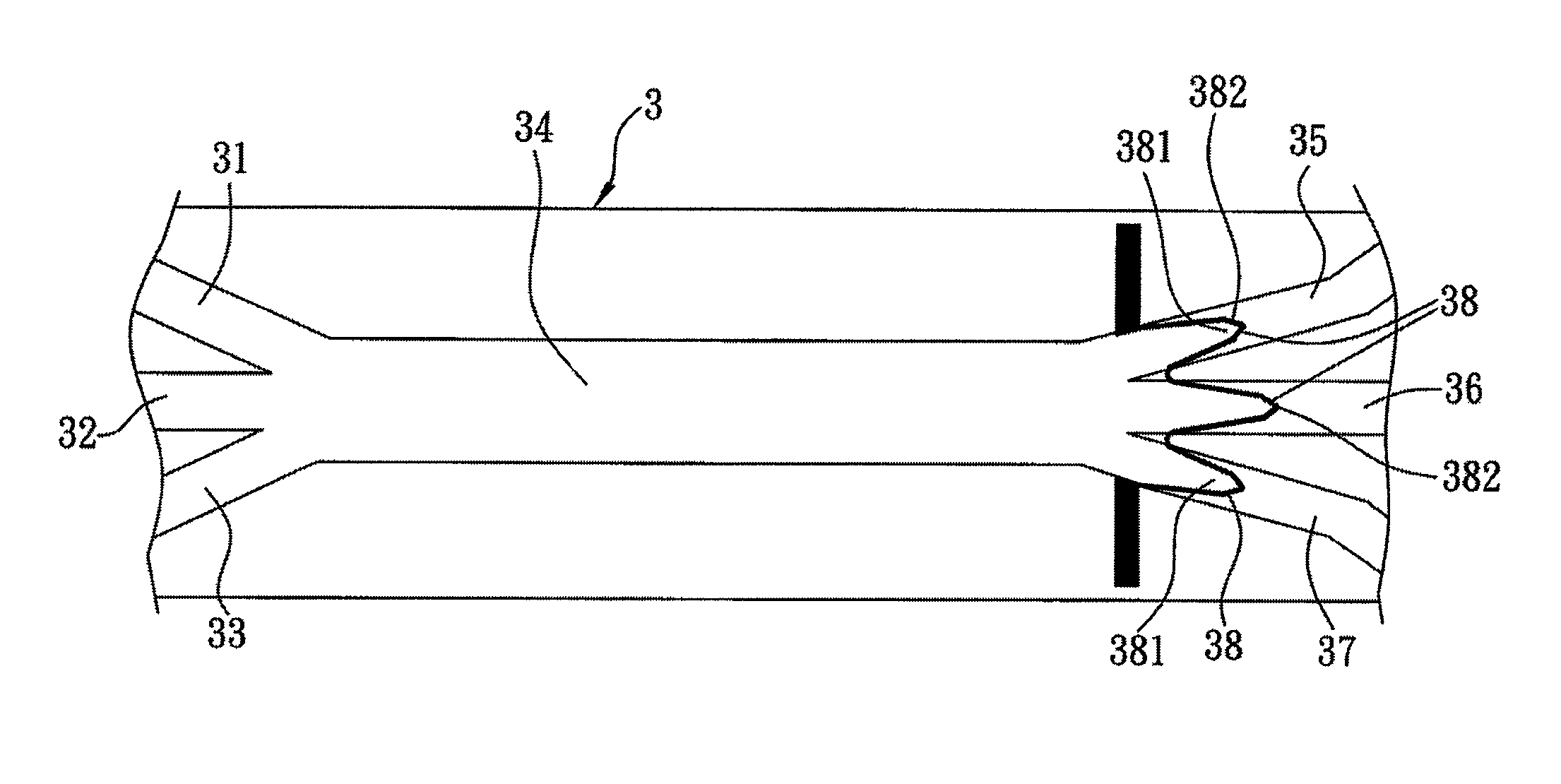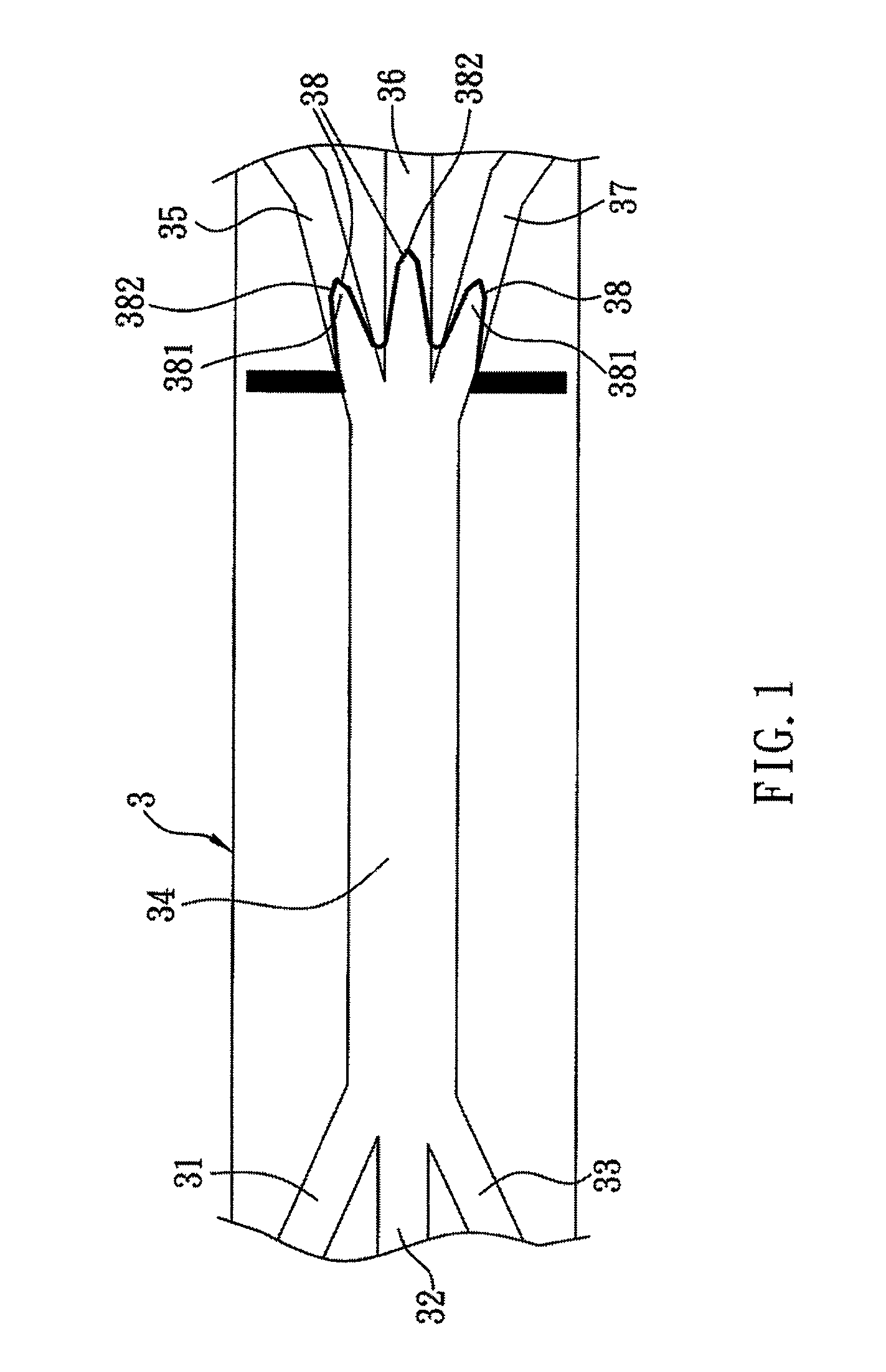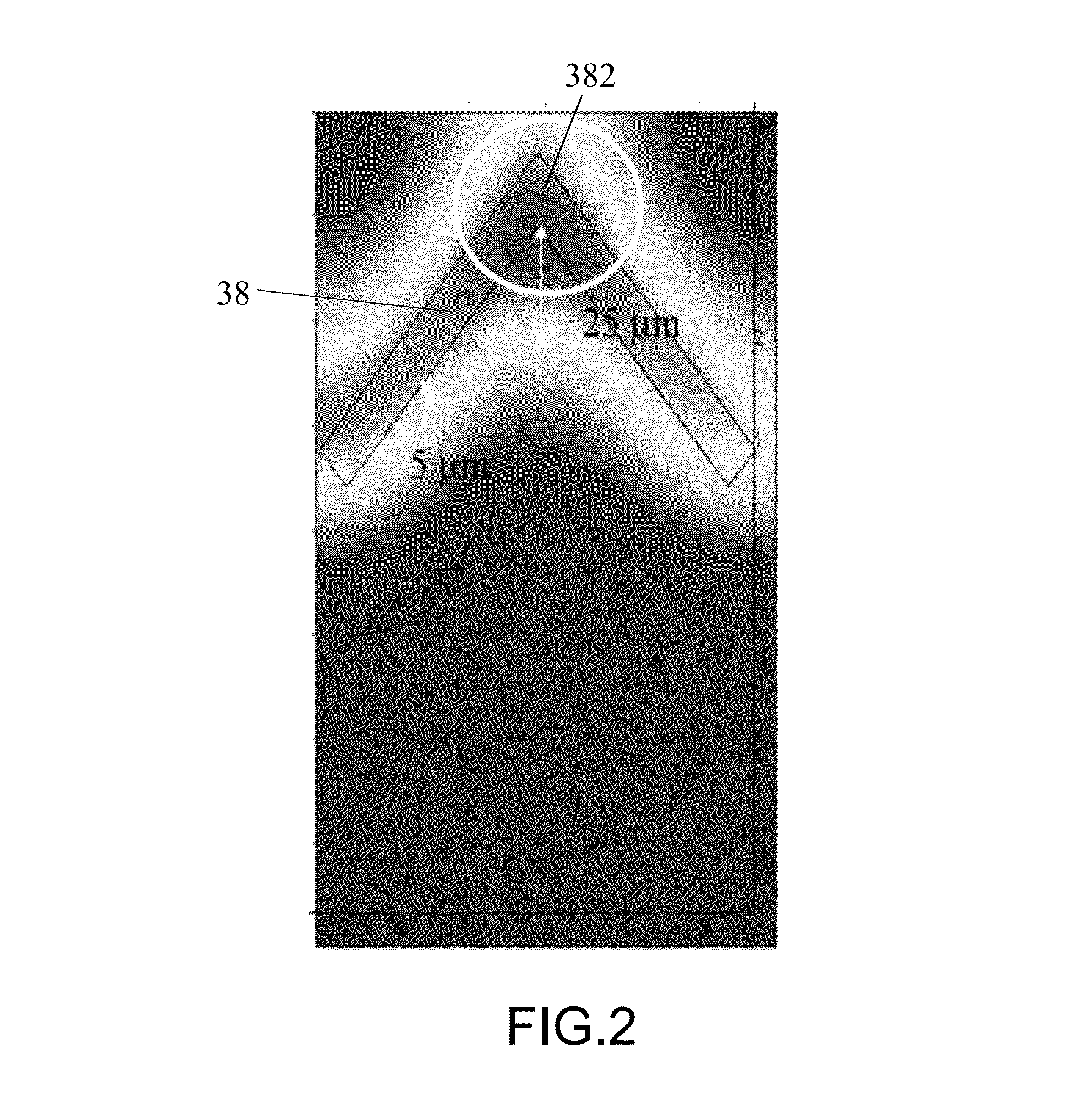Microbial identification and manipulation of nanoscale biomolecules
a nano-scale biomolecule and microorganism technology, applied in the field of bioidentification and manipulation, can solve the problems of high fatality rate, poor treatment effect, infection and disease in humans suffering from hypoimmunity, etc., and achieve high electric field intensity, efficient manipulation of nano-scale biomolecules, and enhanced electric field
- Summary
- Abstract
- Description
- Claims
- Application Information
AI Technical Summary
Benefits of technology
Problems solved by technology
Method used
Image
Examples
Embodiment Construction
[0031]The present invention will be apparent from the following detailed description, which proceeds with reference to the accompanying drawings, wherein the same references relate to the same elements.
[0032]As shown in FIG. 1, a method of bio-identification in accordance with the first preferred embodiment of the present invention is used for rapidly identify species of microbes, virus or cells by DNA hybridization and fluorescent detection. In the present embodiment, the methods of microbial identification and cell identification are taken for exemplary description only. The entire identification process is operated on a dielectrophoretic microfluidic chip 3, including a first injection channel 31, a second injection channel 32 and a third injection channel 33, a main channel 34 extending horizontally and conduct to the injection channels 31˜33 at left end thereof and a first microchannel 35, a second microchannel 36 and a third microchannel 37 conduct to the right end of the main...
PUM
| Property | Measurement | Unit |
|---|---|---|
| size | aaaaa | aaaaa |
| conductivity | aaaaa | aaaaa |
| electric field intensity | aaaaa | aaaaa |
Abstract
Description
Claims
Application Information
 Login to View More
Login to View More - R&D
- Intellectual Property
- Life Sciences
- Materials
- Tech Scout
- Unparalleled Data Quality
- Higher Quality Content
- 60% Fewer Hallucinations
Browse by: Latest US Patents, China's latest patents, Technical Efficacy Thesaurus, Application Domain, Technology Topic, Popular Technical Reports.
© 2025 PatSnap. All rights reserved.Legal|Privacy policy|Modern Slavery Act Transparency Statement|Sitemap|About US| Contact US: help@patsnap.com



